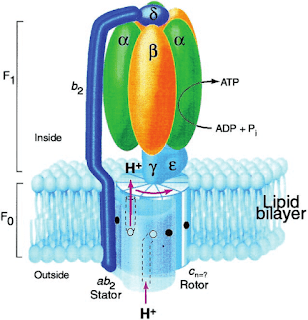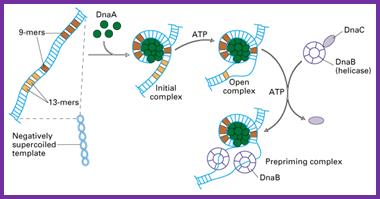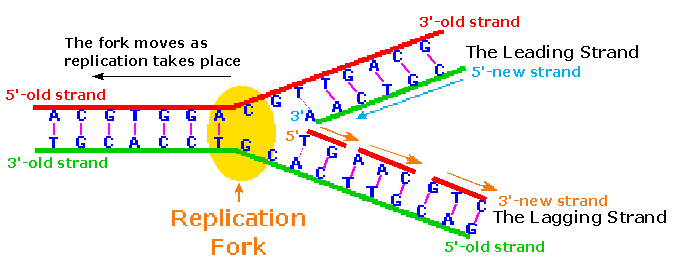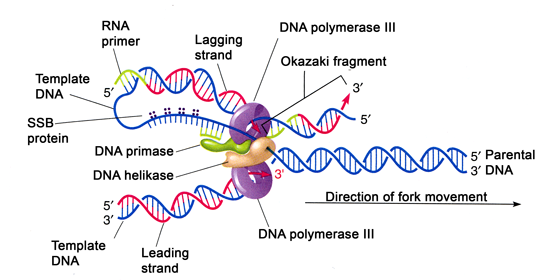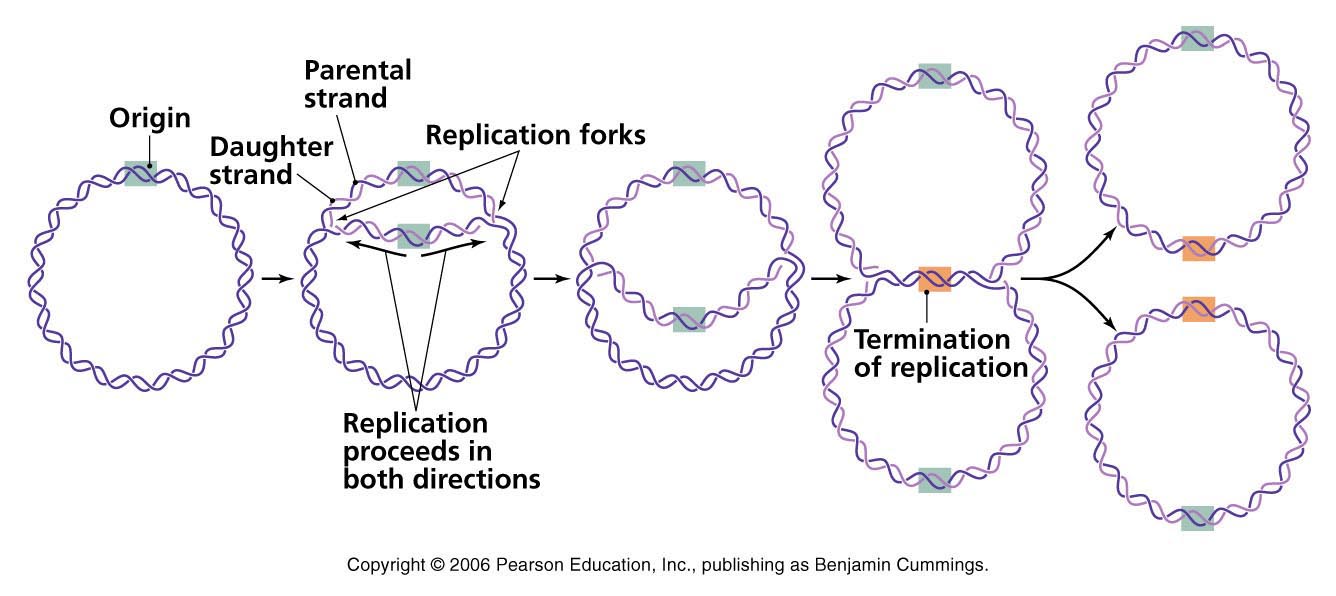This scientific experiment was meant to prove that evolution was taking place. In the end, it proves the exact opposite.
https://www.nsf.gov/discoveries/disc_summ.jsp?cntn_id=119814&org=NSF&from=news
The experiment was designed to ask about the repeatability of evolution. "If we look at the tension between the randomness of mutation and the predictability of natural selection, how does evolution play out when you put the two together?" Lenski says. "That's really what this long-term experiment has been all about. Over the course of these decades, we've seen all kinds of interesting phenomena."
The long-term evolution experiment (LTEE) with Escherichia coli was started in Feb 24th 1988 with the founding of 12 populations from the same clone.
Mutator genomes decay, despite sustained fitness gains, in a long-term experiment with bacteria
"However, mutation rates can change dramatically over time, and experiments with hypermutable bacteria show that their genomes rapidly decay when propagated under the near absence of selection. Whether selection can prevent this decay is unclear. Here, we document the rapid genome decay of hypermutable bacteria even during tens of thousands of generations of sustained adaptation to a laboratory environment. These findings suggest the need to reexamine current ideas about the evolution of bacterial genomes."
 |
| Lenski's long term experiment failed to prove evolution |
Extinction
https://evolutionnews.org/2020/06/citrate-death-spiral/
"For example, the citrate mutant had accumulated many of the same beneficial-but-degradative mutations that had previously spread through the population — the new mutation did not, could not, restore them. And later work showed that several more broken genes had been selected in the mutant, apparently to help it metabolize citrate more efficiently.
A Sick Puppy
The new paper now reports on 2,500 generations of further evolution of the citrate mutant, in nutrient media that contains either citrate alone or citrate plus glucose (as for earlier generations). As always with the Lenski lab, the research is well and thoroughly done. But the resulting E. coli is one sick puppy. Inside the paper they report that “The spectrum of mutations identified in evolved clones was dominated by structural variation, including insertions, deletions, and mobile element transpositions.” All of those are exceedingly likely to break or degrade genes. Dozens more genes were lost. The citrate mutant tossed genetic information with mindless abandon for short term advantage.
In a particularly telling result, the authors “serendipitously discovered evidence of substantial cell death in cultures of a Cit+ clone sampled from … the LTEE at 50,000 generations.” In other words, those initial random “beneficial” citrate mutations that had been seized on by natural selection tens of thousands of generations earlier had led to a death spiral. The death rate of the ancestor of the LTEE was ~10 percent; after 33,000 generations it was ~30 percent; after 50,000, ~40 percent. For the newer set of experiments, the death rate varied for different strains of cells in different media, but exceeded 50 percent for some cell lines in a citrate-only environment. Indeed, the authors identified a number of mutations — again, almost certainly degradative ones — in genes for fatty acid metabolism that, they write with admirable detachment, “suggest adaptation to scavenging on dead and dying cells.”
The degraded E. coli was eating its dead."
Adaptation without novel information (the citrate utilization)
https://journals.asm.org/doi/10.1128/JB.00831-15
"We conclude that the rarity of the LTEE mutant was an artifact of the experimental conditions and not a unique evolutionary event. No new genetic information (novel gene function) evolved."
- During ~75,000 generations of bacterial life, there has been no evolution.
- In these last 34 years the experiment has evidenced a huge number of loss of function mutations, extinction and death.
- Mutator genomes decay rapidly despite sustained fitness gain.
- Adaptation (the citrate utilization) was based on reorganization of existing information.
- No new genetic information (novel gene function) has evolved.
- As a longest scientific experiment meant to prove that evolution is taking place, this experiment is a catastrophe for the theory of evolution. It proves the exact opposite: the more adaptation, the more genetic degradation.

.jpg)


